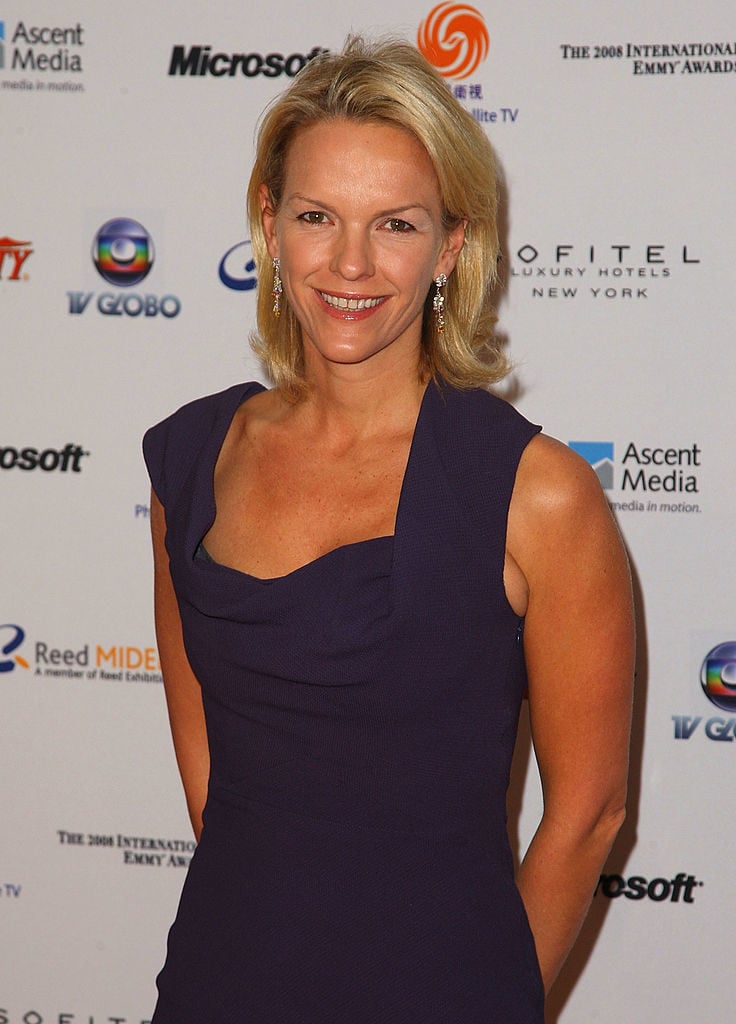People
Elisabeth Murdoch’s New $150,000 Prize Aims to Boost Female Artists
She hopes to redress the gender imbalance.

She hopes to redress the gender imbalance.

Cait Munro

Philanthropist Elisabeth Murdoch aims to boost mid-career women artists with a big new cash prize. The Tate trustee, philanthropist, and daughter of media mogul Rupert Murdoch has created the Freelands Artist Award, an annual £100,000 (approximately $150,000) prize.
The award will provide its winner with a solo exhibition at one of six regional arts institutions, to be named this summer. Besides the gender specificity, the award sets itself apart from Tate’s Turner Prize in two key ways: there is no maximum age restriction, whereas only artists under fifty are eligible for the Turner, and the purse is four times as large.
The inauguration of the award follows a 2015 report that Murdoch’s Freelands Foundation commissioned from Charlotte Bonham-Carter, who heads the master’s program in arts and cultural enterprise at London art and design school Central Saint Martins. The report studied the representation (or lack thereof) of female artists in Britain. Among its findings are that in 2014–15, just 25 percent of solo shows at major London institutions went to women.
The selection committee includes artist Phyllida Barlow, Camden Arts Centre director Jenni Lomax, writer and independent curator Teresa Gleadowe, and Bergen Kunsthall director Martin Clark. The winner will be announced in the fall of 2016.
“Women artists in mid-career are still woefully under-represented in the art world and this award aims to raise their profile,” Murdoch said in a press release. “Of course it is a challenging place to be for all artists but, as our research has shown, this is particularly the case with women. I want this award to be about pushing boundaries and helping regional arts organisations fulfill their potential.”
Bonham-Carter’s report found that while female art and design grads outnumber men, once women reach the mid-career mark, their representation in galleries and at museum exhibitions dwindles.
“Indeed, in major career highlights, such as representing Britain at the Venice Biennale, men substantially outnumber women,” Bonham-Carter writes. “When I began to have informal conversations with female artists, I found that a surprising number of them voiced concerns about attitudes towards female artists . . . particularly during the mid-career stage.”